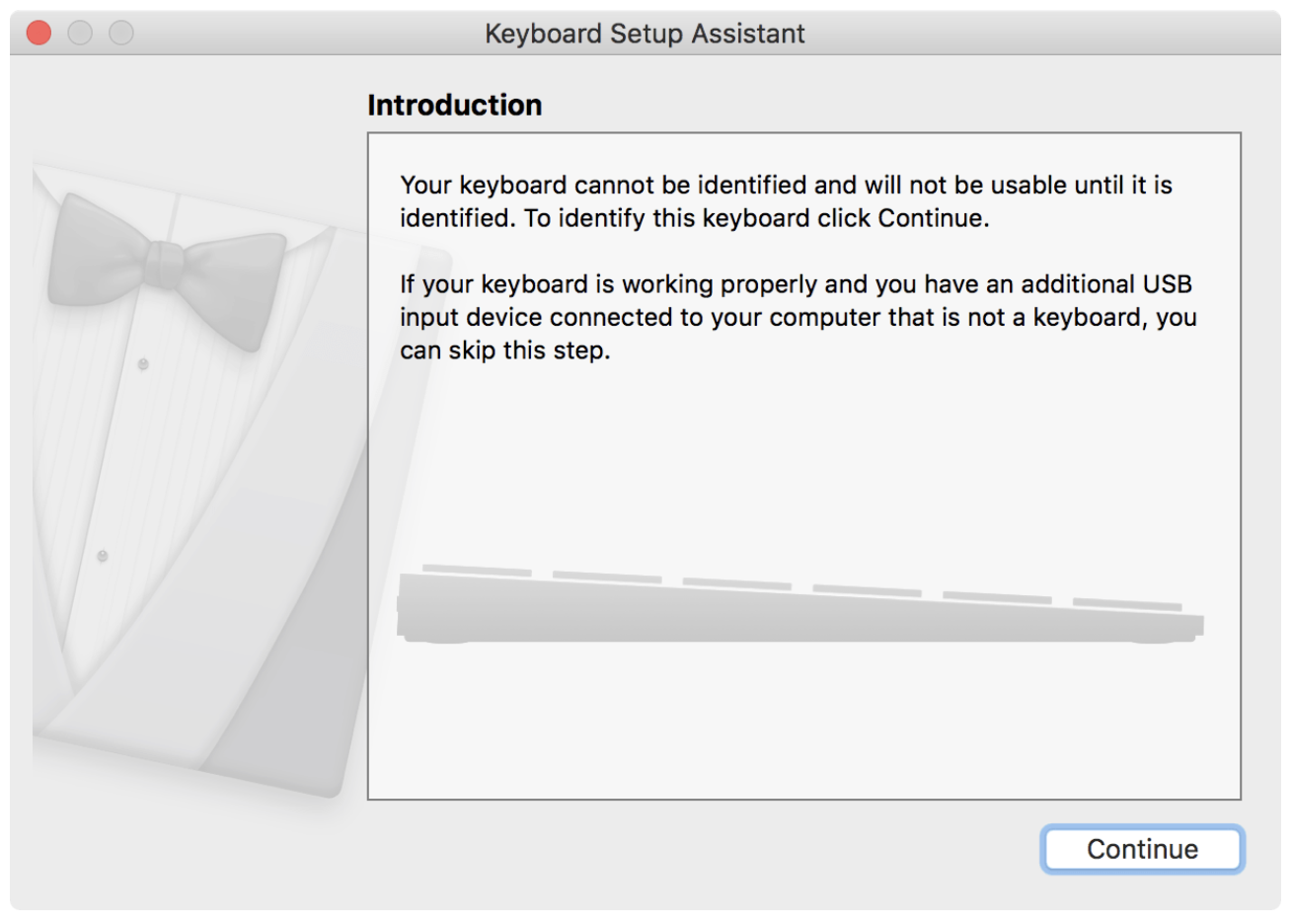
This allows a user to move the virtual cursor outside the range of the content currently being displayed on-screen. JAWS refers to this cursor as the “virtual cursor.” As the JAWS virtual cursor moves around on a web page, no visible indicator is shown as to its location. This is accomplished by providing the user with an invisible cursor that is free to roam the document by the same units of text that would be available in a word processing application: characters, words, lines, paragraphs, etc. The screen reader stores a copy of the page and allows the user to traverse it as if it were a word processing document. How do screen readers work in document mode? In document mode, the user is interacting with a flushed copy of the web page. This mode may be overridden by web pages that auto-focus a form field or apply certain WAI-ARIA roles. This is the default mode that is invoked when a page loads in the browser. This is also often called “virtual” or “browse” mode, used as proprietary terminology by specific screen readers.

The most common mode used to access web pages using Windows screen readers will be referred to here as “document” mode. How do screen readers work in different modes? Document Mode

Developers also need to be cognizant of the screen reader modes used for accessing different types of content and the effect that their code will have on the user experience if a particular mode is used. Understanding how screen readers work and successfully using a screen reader on the web requires the user to be able to determine which mode is currently active, the operation paradigm for each mode, and how to switch modes as required.

Windows screen readers offer several modes to allow a user to review and interact with web content. This is because Windows screen readers introduce new access paradigms that do not always match what is displayed visually. If you try to use a Windows screen reader on the web for the first time, you might find the experience to be daunting and confusing.


 0 kommentar(er)
0 kommentar(er)
